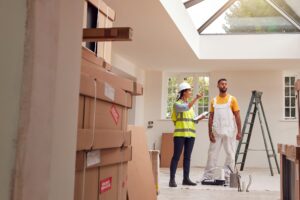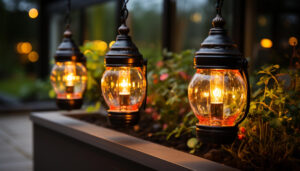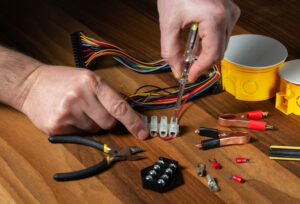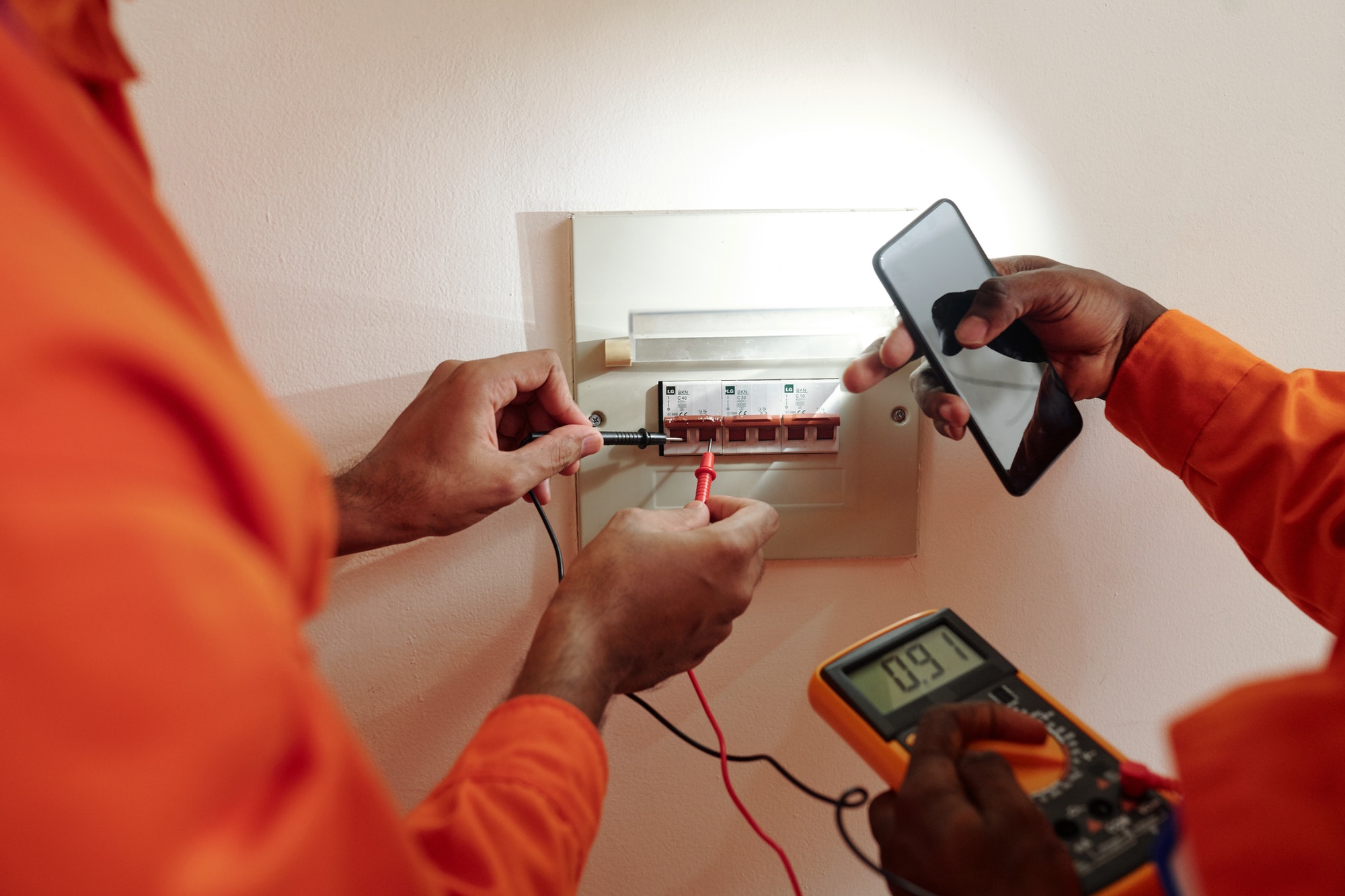Installing electrical appliances in your home can enhance your living experience and provide much-needed functionality. However, handling electrical devices requires caution to ensure safety and effectiveness. Here are essential tips to follow when installing electrical appliances:
1. Read the Manufacturer’s Instructions
Before you begin any installation, thoroughly read the manufacturer’s instructions. These manuals are specific to the model of the appliance you are installing and provide crucial information about the requirements and installation steps. This can include electrical requirements, necessary clearance for ventilation, and other safety warnings.
2. Check Electrical Requirements
Ensure that your home’s electrical system can handle the appliance’s power needs. Many larger appliances, like refrigerators, ovens, and washers, require specific voltage or dedicated circuits. Installing an appliance without the proper electrical support can lead to tripped breakers, inadequate performance, and even hazards like electrical fires.
3. Use the Correct Tools and Equipment
Using the right tools for the job ensures that the installation goes smoothly and safely. This might include screwdrivers, wrenches, and other hand tools specified in the installation guide. Additionally, ensure you use proper personal protective equipment such as gloves and safety glasses if necessary.
4. Turn Off Power at the Circuit Breaker
Before connecting any appliance to your electrical system, make sure the power is turned off at the breaker box. This is a crucial step to prevent any accidental shocks or other electrical incidents.
5. Verify Grounding and Polarization
Ensure that all appliances are properly grounded and that any plugs are correctly polarized. Grounding helps to prevent electrical shocks, while correct polarization ensures that the electrical current is safely directed. Never remove the third prong from a plug; if your outlets are not compatible with three-prong plugs, it’s time to call a professional to upgrade your outlet.
6. Secure All Connections
Whether you’re attaching hoses for a washing machine or plugging in a refrigerator, make sure all connections are secure. This includes electrical, water, and gas connections. Loose connections can lead to leaks, power surges, and other potentially dangerous situations.
7. Test Before Full Use
Once the installation is complete and everything is connected, test the appliance before putting it into full operation. This means running it through a short cycle or using a test mode to ensure everything is working as it should. Check for unusual noises, smells, or malfunctioning, which could indicate a problem with the installation.
8. Follow Local Codes and Standards
Ensure your installation adheres to local building and electrical codes. These codes are in place to ensure safety and efficiency. Non-compliance can result in safety hazards and difficulties in selling your home or making insurance claims in the future.
9. Know When to Call a Professional
If you are unsure about any aspect of the installation or if the installation requires skills beyond your capability (such as hardwiring electrical appliances), do not hesitate to call a professional. A licensed electrician or professional installer can ensure that the appliance is installed safely and correctly.
Conclusion
Safely installing electrical appliances requires careful preparation, attention to detail, and adherence to safety standards. By following these tips, you can ensure that your appliances operate efficiently and safely, enhancing your home’s functionality without compromising safety. Remember, when in doubt, it’s always best to consult or hire a professional.







